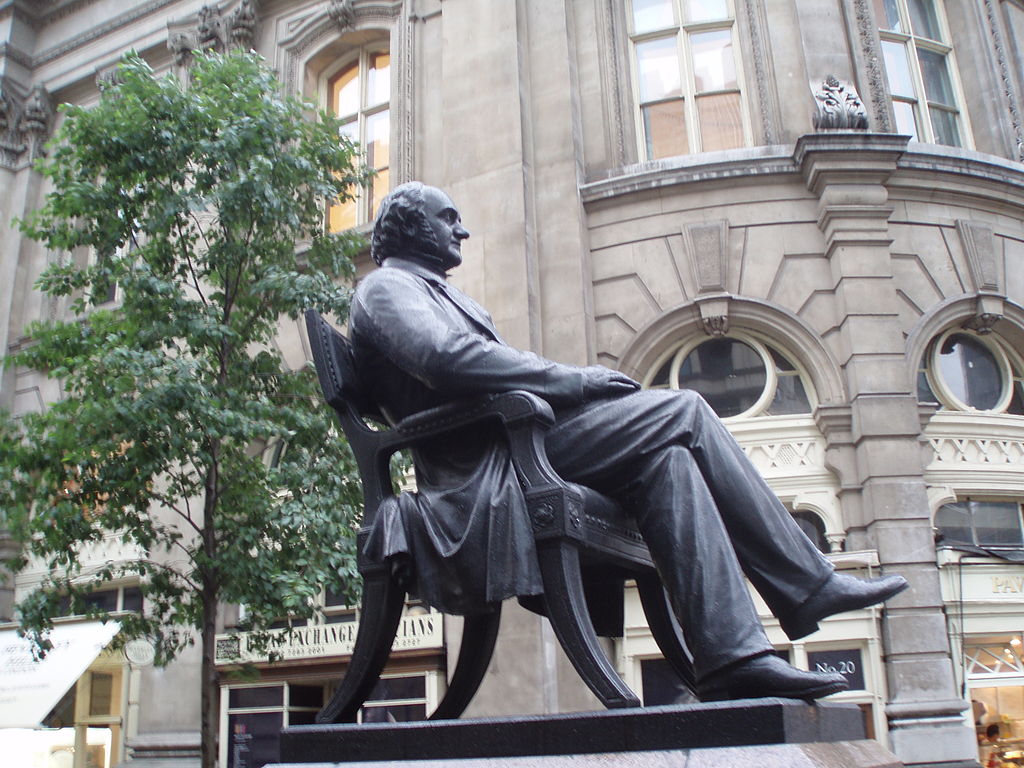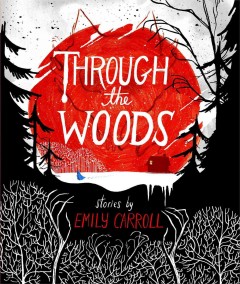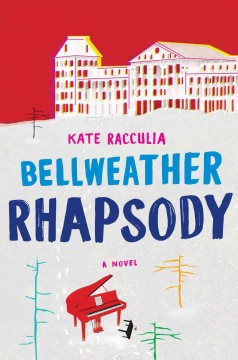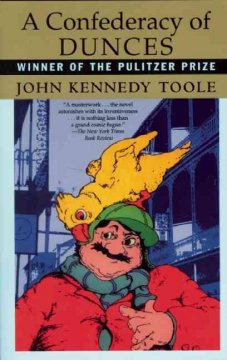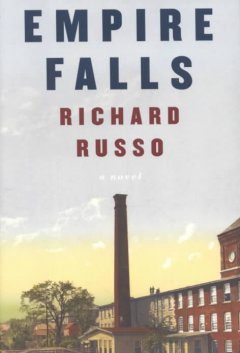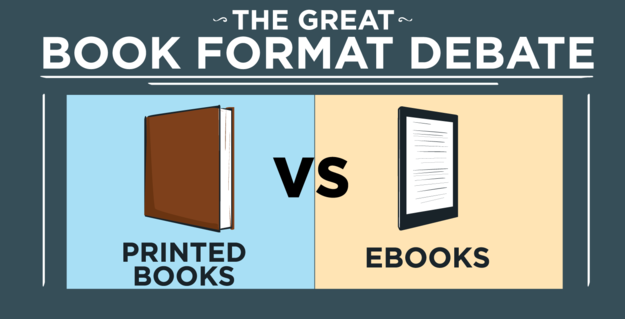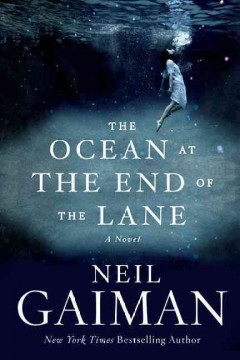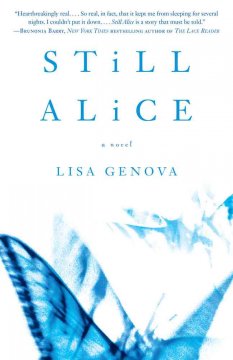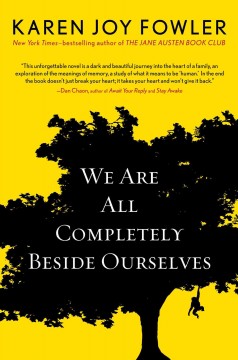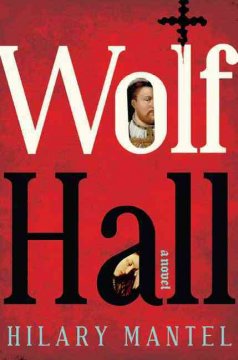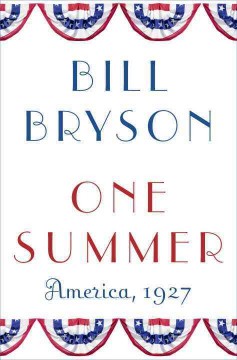In Dr. Zhivago, Boris Pasternack wrote that your soul “is the memory of yourself that you leave behind in others”–essentially, that your obligations in this world are to those around you, and to those who will come after you.
If this is true, I can think of few greater souls than Dr. Oliver Sacks, who passed away on August 30, at the age of 82. Dr. Sacks will be remembered for many reasons; he was a brilliant neuroscientist who made ground-breaking discoveries, not only into the structure, but also the functioning of the human brain; he was a daring practitioner, who was willing to try new and inventive treatment methods if they would prove most beneficial to his patients’ well-being. Above all, though, he was a teacher, who gave the world a collection of case-studies that not only taught us about the obscurities of the human brain, but also about the wonders of it.
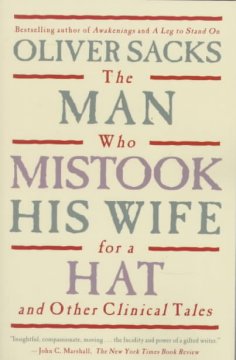 Sacks is perhaps best known for his bestselling book The Man Who Mistook His Wife For a Hat, a book that details some of Sacks’ most interesting (and bizarre) cases of loss, whether it is patients who cannot remember words (aphasia), familiar faces, or who suffer from ‘phantom limbs’ (which happens when the mind still ‘feels’ a part of the body that has been amputated, creating an itch that literally cannot be scratched, or a pain that cannot be soothed). Though this explanation makes these essays sound grotesque or somehow invasive, in truth, they are some of the most beautifully written and compassionate medical texts you will ever read. Sacks truly came to know his patients, to understand their lives and how their conditions affected them, and described them with humanity and dignity. He also, clearly, delighted in all the inner workings of the brain and the mind, and made that wonder tangible in his writing. Even in describing the brain when it was broken, his writing makes you respect the wonder and complexity of the human brain.
Sacks is perhaps best known for his bestselling book The Man Who Mistook His Wife For a Hat, a book that details some of Sacks’ most interesting (and bizarre) cases of loss, whether it is patients who cannot remember words (aphasia), familiar faces, or who suffer from ‘phantom limbs’ (which happens when the mind still ‘feels’ a part of the body that has been amputated, creating an itch that literally cannot be scratched, or a pain that cannot be soothed). Though this explanation makes these essays sound grotesque or somehow invasive, in truth, they are some of the most beautifully written and compassionate medical texts you will ever read. Sacks truly came to know his patients, to understand their lives and how their conditions affected them, and described them with humanity and dignity. He also, clearly, delighted in all the inner workings of the brain and the mind, and made that wonder tangible in his writing. Even in describing the brain when it was broken, his writing makes you respect the wonder and complexity of the human brain.
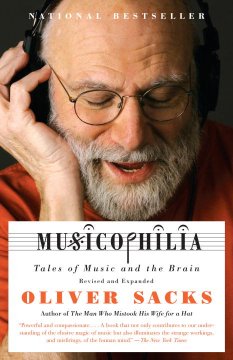 His other books not only expanded his study of brain disorders, but explored how the brain responses to music, and why music is such a fundamental part of the human existence, and considered how the brain adapts to various conditions, such as autism and deafness. In each of these works, Sacks’ empathy and humanity shines through, and each of these stories is far more about what it means to be human than what it means to be different.
His other books not only expanded his study of brain disorders, but explored how the brain responses to music, and why music is such a fundamental part of the human existence, and considered how the brain adapts to various conditions, such as autism and deafness. In each of these works, Sacks’ empathy and humanity shines through, and each of these stories is far more about what it means to be human than what it means to be different.
When he was diagnosed with inoperable metastasized melanoma, Sacks again turned his condition into a chance to reach out and make the inexplicable somehow easier. He wrote a series of opinion pieces for The New York Times, not just to announce that he had cancer, but to consider the process of living, as well as the process of dying.
In his final article, Sacks explained his own career in his characteristic simplicity: “I found meaningful work in New York, in a chronic care hospital in the Bronx…I was fascinated by my patients there, cared for them deeply, and felt something of a mission to tell their stories — stories of situations virtually unknown, almost unimaginable, to the general public and, indeed, to many of my colleagues. I had discovered my vocation, and this I pursued doggedly, single-mindedly…Almost unconsciously, I became a storyteller at a time when medical narrative was almost extinct.”
Oliver Sacks was a consummate scientist, and a consummate teacher; when faced with his own death, he didn’t retreat into himself, or hide from the inevitable–he allowed us to share in the process, teaching us what it was like to die so that it wouldn’t seem as scary, in much the same way he wrote about the brain. Rather than leaving us with regret or anger, he left us marveling at life, how precious, how remarkable, and how beautiful it was, and offering us a chance to consciously appreciate it, and ourselves for what we can do with it: “When people die, they cannot be replaced. They leave holes that cannot be filled, for it is the fate — the genetic and neural fate — of every human being to be a unique individual, to find his own path, to live his own life, to die his own death.”
If that isn’t an ideal memory to leave behind, I don’t know what is.
To learn more about Oliver Sacks and his remarkable work, check out the following:
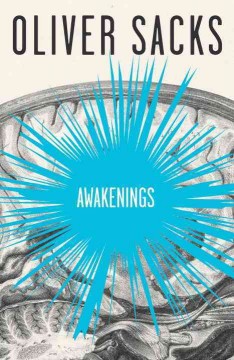 Awakenings: One of Sack’s first jobs was in that chronic care hospital, where he cared for and observed patients who had been in a coma-like state for some fifty years. When medical advances offered methods to wake these people up, Sacks chronicled their adaptations (or lack thereof) to the world around them, and his relationships with these patients.
Awakenings: One of Sack’s first jobs was in that chronic care hospital, where he cared for and observed patients who had been in a coma-like state for some fifty years. When medical advances offered methods to wake these people up, Sacks chronicled their adaptations (or lack thereof) to the world around them, and his relationships with these patients.
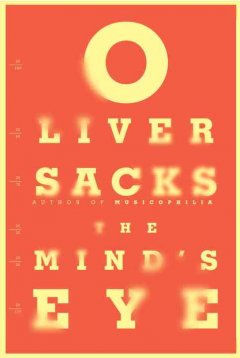 The Mind’s Eye: In this incredibly moving book, Sacks looks at patients who have learned to adapt and thrive despite what would normally be considered cataclysmic losses–the inability to recognize faces, lack of three-dimensional perception, or the loss of reading ability. While the reasons and diagnoses of these conditions are fascinating, what comes through most in these essays is the incredible endurance of the human mind and soul, and Sacks’ wonder at the strength of the people he treats. Even as we learn about the ways the brain can go wrong, this is an inspirational book that gives hope in so many unexpected ways.
The Mind’s Eye: In this incredibly moving book, Sacks looks at patients who have learned to adapt and thrive despite what would normally be considered cataclysmic losses–the inability to recognize faces, lack of three-dimensional perception, or the loss of reading ability. While the reasons and diagnoses of these conditions are fascinating, what comes through most in these essays is the incredible endurance of the human mind and soul, and Sacks’ wonder at the strength of the people he treats. Even as we learn about the ways the brain can go wrong, this is an inspirational book that gives hope in so many unexpected ways.
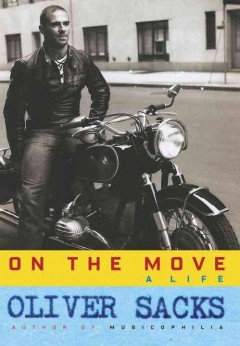 On the Move: Though this book was written before Sacks received his terminal diagnosis, it was published after his opinion piece to The New York Times, so it feels like much more of a retrospective than may have been intended. Nevertheless, Sacks is at his thoughtful, humorous, and gregarious best in this work, sharing his stories and memories, his fears and loves, and, as always, reveling in the human experience. It is a book worthy of its author, and a life well-lived.
On the Move: Though this book was written before Sacks received his terminal diagnosis, it was published after his opinion piece to The New York Times, so it feels like much more of a retrospective than may have been intended. Nevertheless, Sacks is at his thoughtful, humorous, and gregarious best in this work, sharing his stories and memories, his fears and loves, and, as always, reveling in the human experience. It is a book worthy of its author, and a life well-lived.


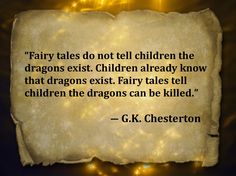
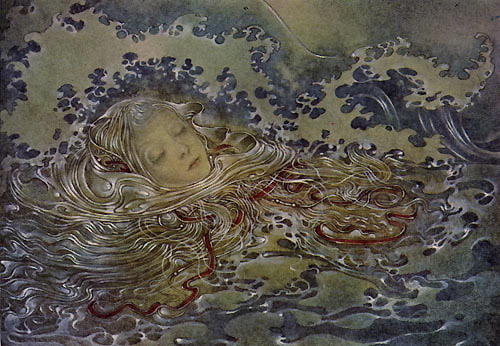
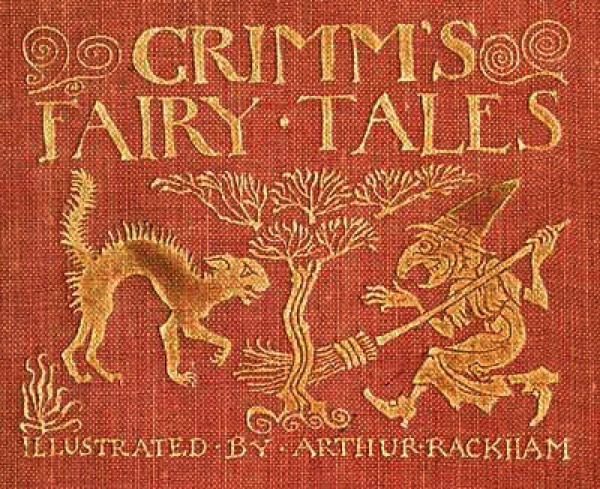
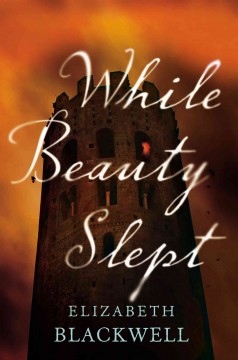
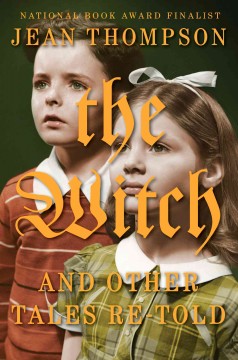
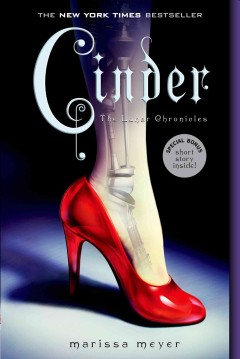
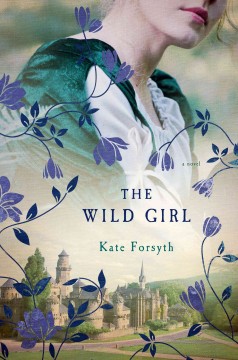
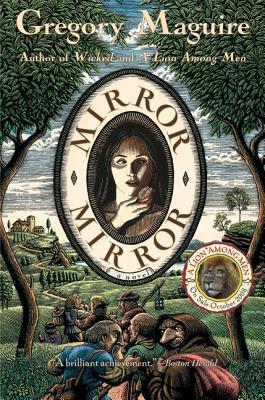
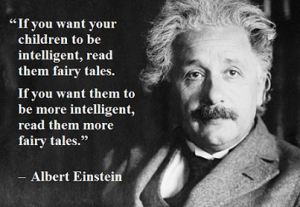

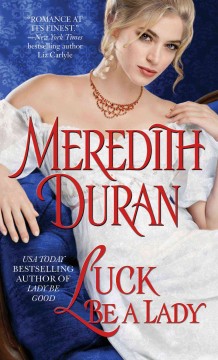
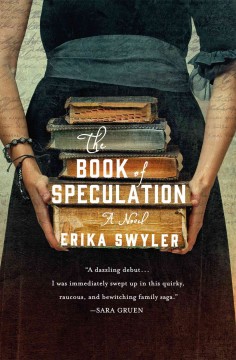
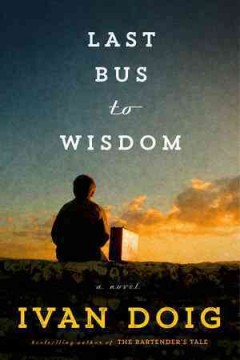

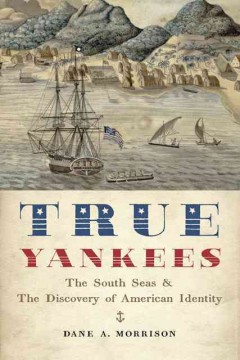
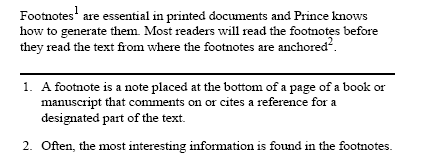
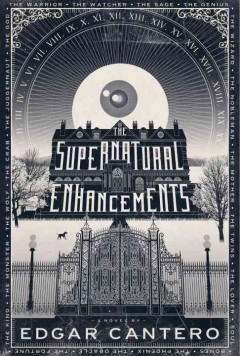
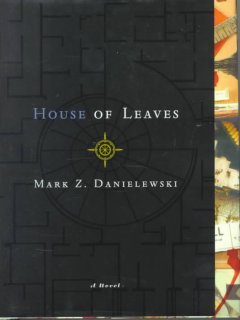

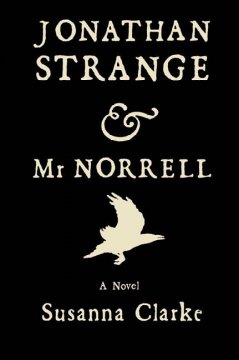
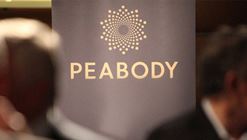 If you’ve told someone from outside the metro-Boston area where you live, their first reaction is usually bafflement; apparently, the vast majority of the country would call our city Peeeee-BODY, as opposed to running all the consonants together like you’re chocking on overheated alphabet soup, as we tend to do. But here in London, George Peabody’s adoptive home, his name is pronounced correctly with ease…and it is spoken with pride.
If you’ve told someone from outside the metro-Boston area where you live, their first reaction is usually bafflement; apparently, the vast majority of the country would call our city Peeeee-BODY, as opposed to running all the consonants together like you’re chocking on overheated alphabet soup, as we tend to do. But here in London, George Peabody’s adoptive home, his name is pronounced correctly with ease…and it is spoken with pride.


